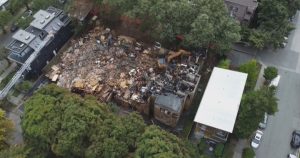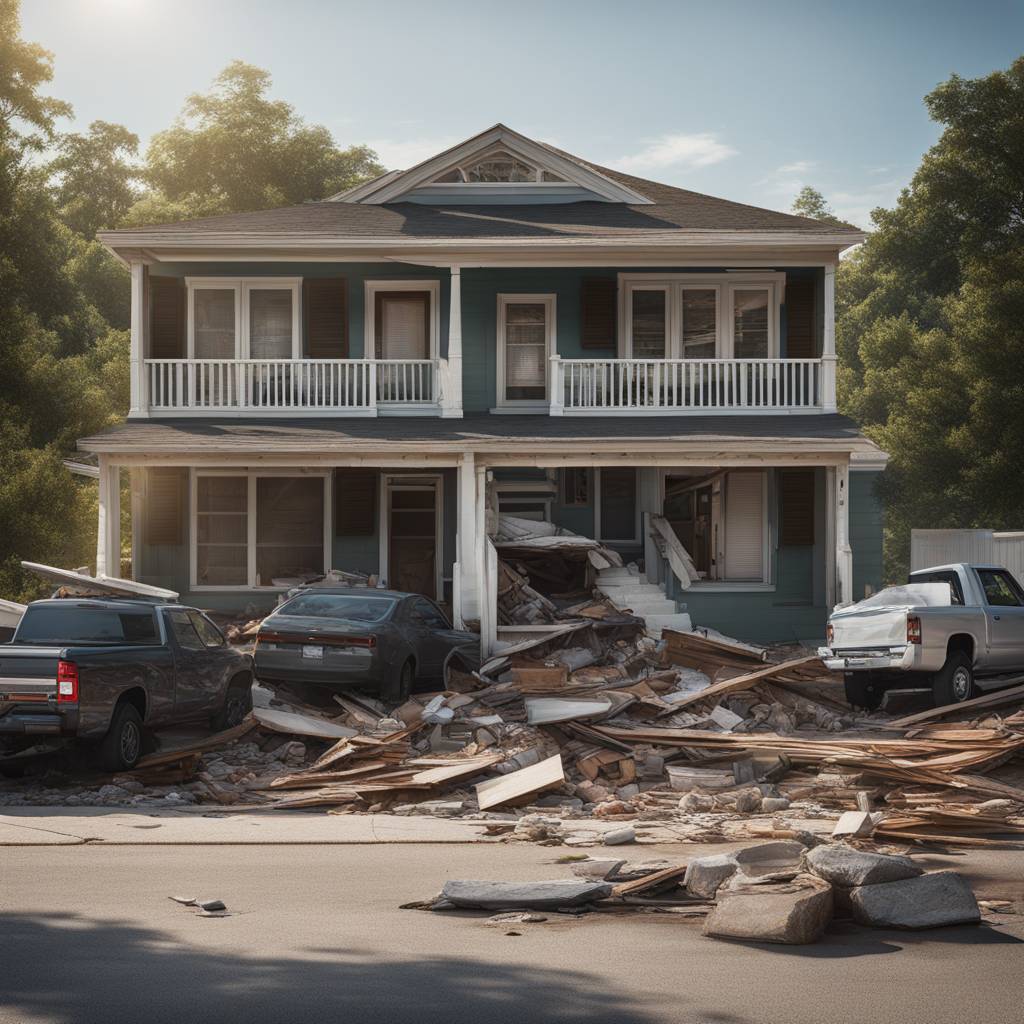New York City’s emergency management officials quickly checked for damage after a recent earthquake in the Northeast, deploying engineers to inspect infrastructure. While no significant damage was found, the event serves as a teachable moment for disaster preparedness. Earthquakes are less prioritized on the East Coast compared to more seismically active areas, leading to less focus on planning efforts. However, the state and city have earthquake-specific measures in place, including building codes that require new structures to be built to appropriate seismic standards.
Large urban areas in the Northeast, like New York City, generally follow seismic building standards recommended by the American Society of Civil Engineers. However, these codes are not universal, as different jurisdictions choose which standards to adopt for their communities. The standards are based on regional earthquake-risk criteria and are designed to ensure equal safety nationwide. While earthquakes on the East Coast are generally less frequent and smaller than those on the West Coast, they are felt more widely due to the characteristics of the rock beneath the Earth’s surface.
The recent 4.8-magnitude earthquake in the Northeast serves as a reminder of the earthquake hazard in the region. While the event did not cause major harm, experts warn that a bigger earthquake could occur in the future. East Coast cities have a higher concentration of older masonry and stone buildings that perform poorly in seismic shaking. Unlike California, where older buildings are required to be retrofitted to modern standards, New York’s building codes do not mandate retrofitting. However, the lack of damage reported after the recent earthquake should give the public confidence in the city’s preparedness.
Disaster preparedness experts emphasize the importance of learning from events like the recent earthquake and being ready for potential future disasters. While it may be challenging to prioritize earthquake planning on the East Coast due to the region’s focus on other types of disasters, having measures in place can help mitigate damage and ensure public safety. Building codes and standards play a crucial role in ensuring the resilience of infrastructure in the event of an earthquake. By adopting appropriate seismic standards and preparing for potential risks, cities like New York can be better equipped to handle earthquakes in the future.














